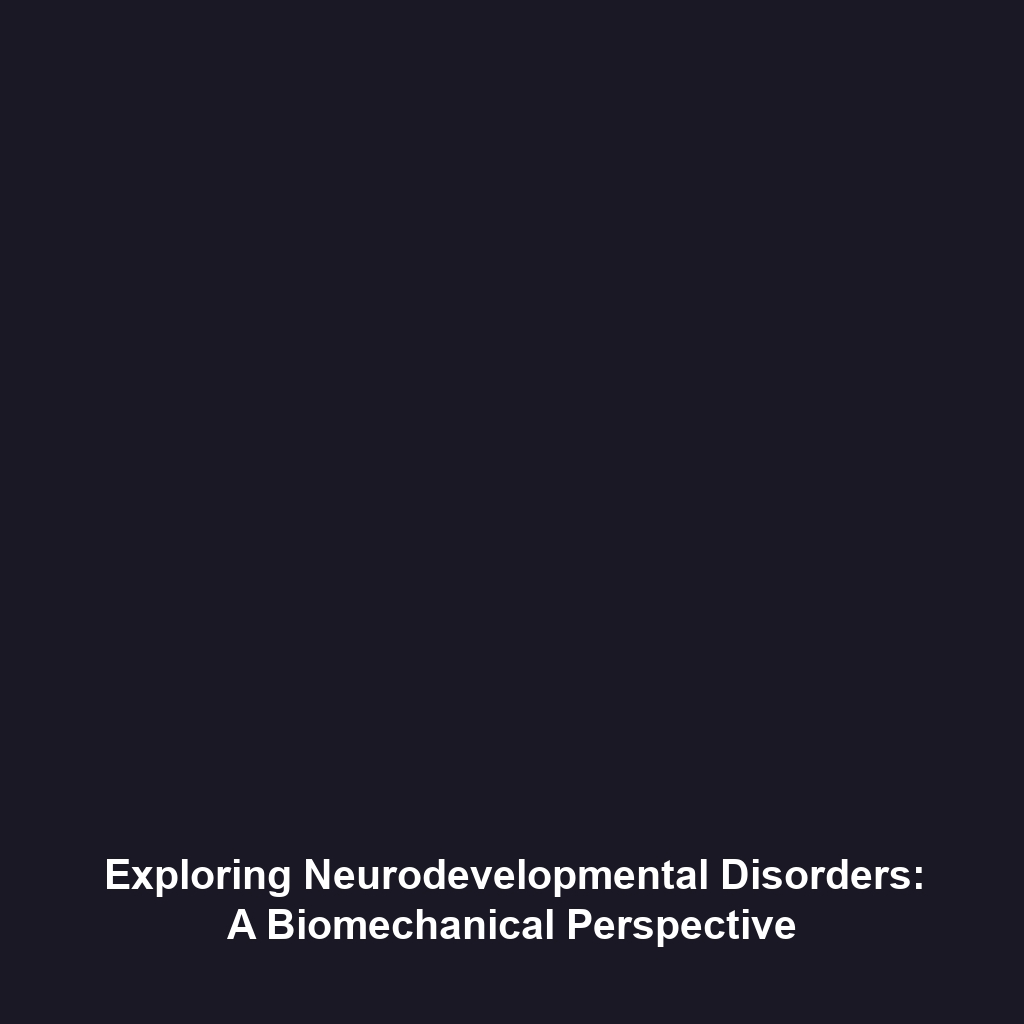Theoretical Implications of Black Holes in String Theory and Higher Dimensions
Introduction
The theoretical implications of black holes in string theory and higher dimensions represent a fascinating intersection of modern physics. These implications provide insights into the nature of black holes and may help solve some of the most profound questions in cosmology. By exploring how black holes fit into string theory, scientists aim to reconcile general relativity with quantum mechanics, which is critical for understanding the universe at its most fundamental levels. This article delves into these groundbreaking theories and their significance within the broader context of black hole physics.
Key Concepts
String Theory Overview
String theory posits that the fundamental particles we observe are not point-like but rather one-dimensional strings vibrating at different frequencies. This theory, while mathematically complex, provides a framework that unifies all forces of nature, including gravity, and describes the interactions of black holes.
Higher Dimensions
In string theory, additional spatial dimensions beyond the familiar three are proposed, often leading to the concept of black holes existing in more than four dimensions. This has significant implications for our understanding of their formation, entropy, and the information paradox.
Black Holes and Information Theory
One of the key principles that emerges from studying black holes in the context of string theory is the relationship between black holes and information. The holographic principle suggests that all the information contained within a volume of space can be represented as a two-dimensional surface area—challenging our classical notions of information preservation.
Applications and Real-World Uses
The implications of black holes in string theory and higher dimensions extend beyond abstract mathematics into practical realms:
- Cosmological Models: Theoretical frameworks involving black holes have informed models explaining cosmic phenomena such as dark matter and dark energy.
- Quantum Computing: Insights derived from black holes can influence the development of quantum computing, particularly in error correction and information storage methods.
- Astrophysics Research: The study of black holes in higher dimensions helps astrophysicists understand stellar evolution and the lifecycle of galaxies.
Current Challenges
Despite its promise, research into the theoretical implications of black holes in string theory and higher dimensions encounters several challenges:
- Lack of experimental evidence to support multidimensional theories.
- Complex mathematics that complicate the formulation of testable predictions.
- Issues surrounding the information paradox and its resolution within string theory frameworks.
Future Research and Innovations
As physicists continue to unravel the complexities of black holes, several promising avenues of research are emerging:
- Quantum Gravity Studies: Future innovations may lead to a unified theory combining general relativity with quantum mechanics, possibly facilitated by advancements in string theory.
- Detection Technologies: Improvements in observational technologies may provide empirical data on black holes, validating higher-dimensional theories.
- Interdisciplinary Collaboration: Enhanced collaboration between physicists, mathematicians, and computer scientists could foster breakthroughs in understanding string theory implications.
Conclusion
In conclusion, the theoretical implications of black holes in string theory and higher dimensions are vital to advancing our understanding of the universe. As research continues to evolve, the intersection of these concepts may lead to transformative insights into the nature of reality. For further reading on related topics, explore our articles on quantum gravity and cosmological theories.







